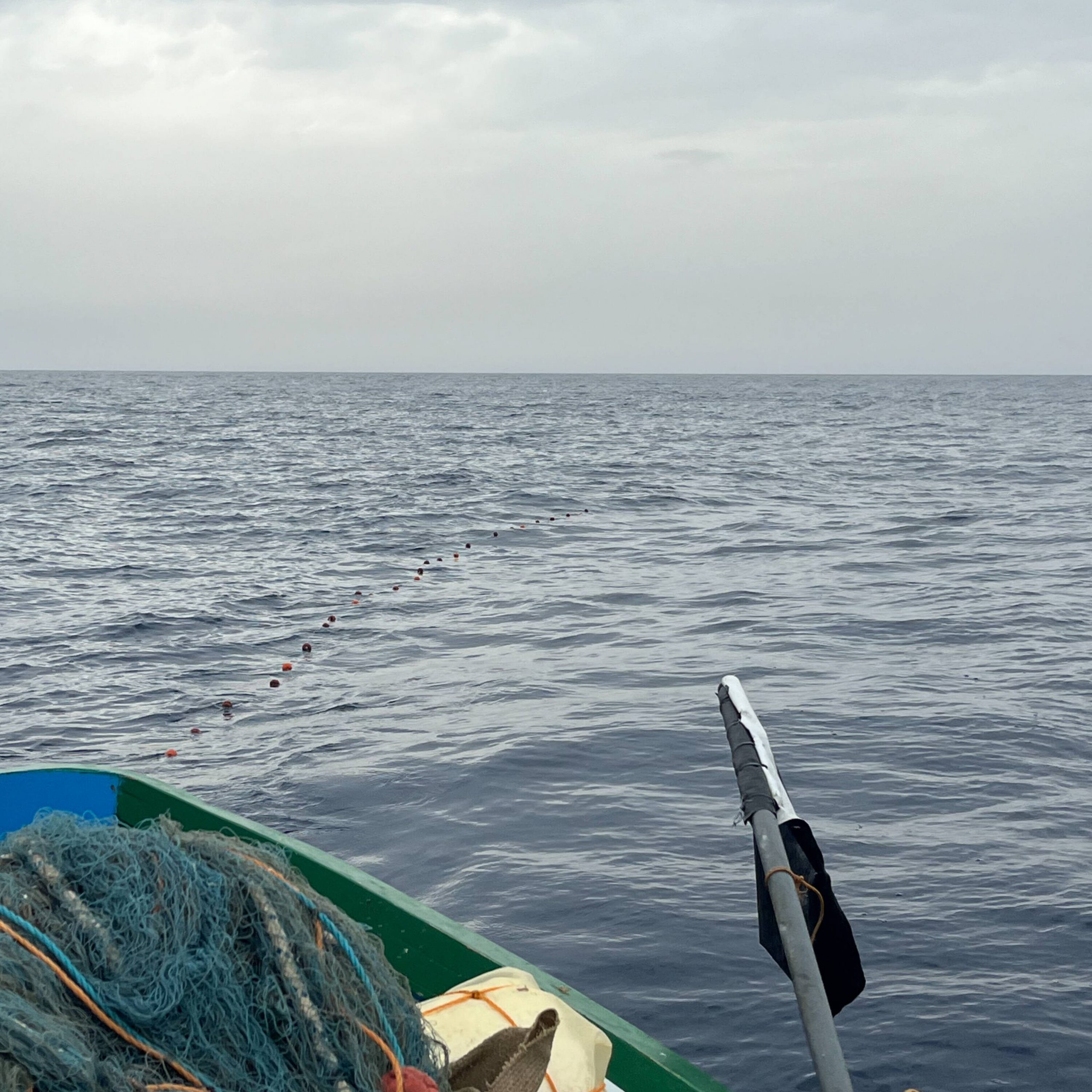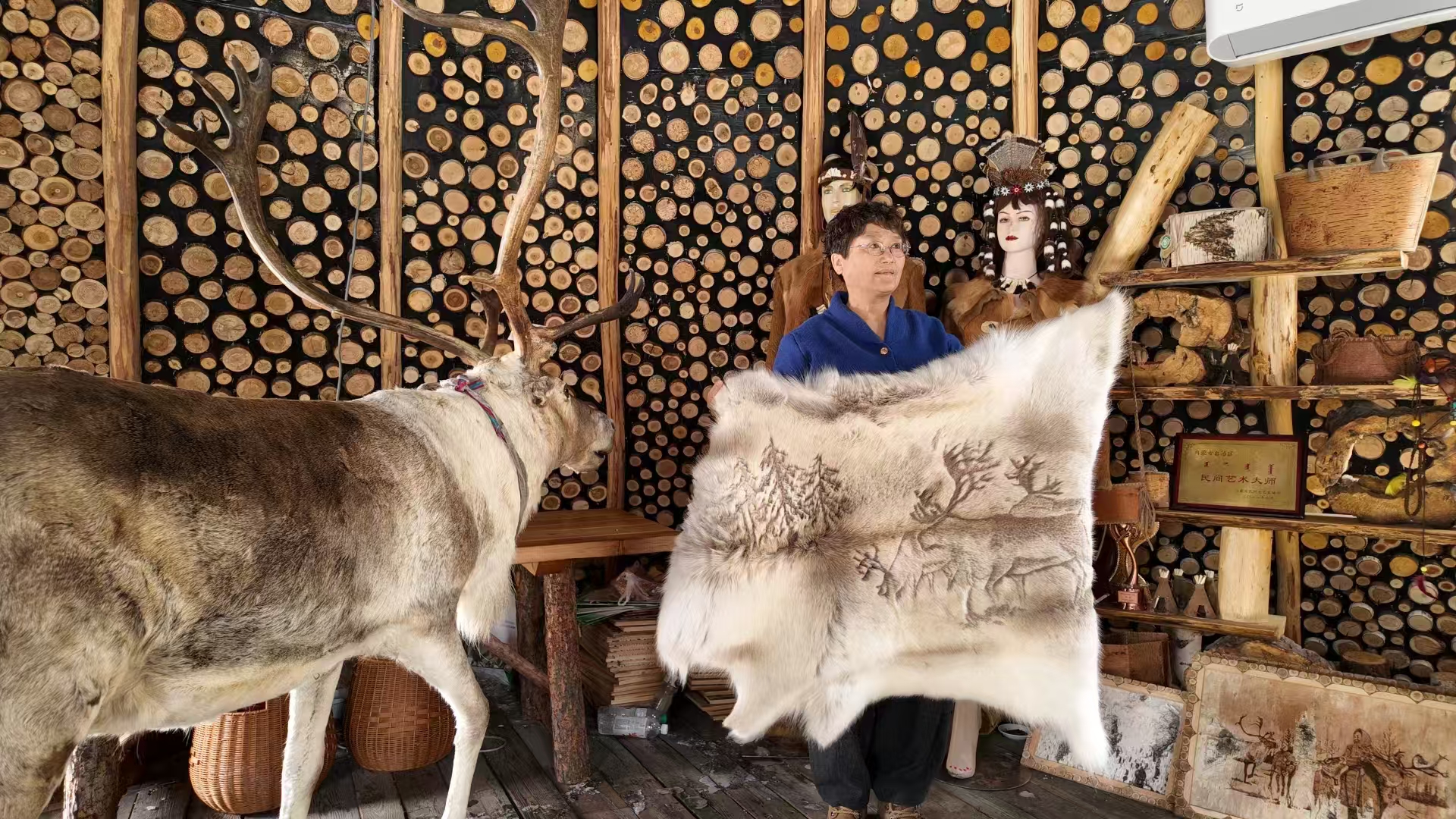October 8th 2025

Mishel Tachet
tachetmishel@berkeley.eduMishel Tachet is a first-generation university student, completing her undergraduate degree in Anthropology. Her focus is on sociocultural and environmental anthropology, with interest in multi-species ethnography, natureculture themes, climate change, and borders.
The cliffs on the north side of the island tower triumphantly, overlooking an ever-expanding blue seascape. Gozo is formed entirely out of limestone that was once buried beneath the sea. The white fossils of various sea organisms embedded in the rocks are a testament to this, as Xavier tells me. I follow his footsteps, falling behind as he expertly navigates the tiny path that has been worn leading to the cliff sides. The small shrubs that cover the hill end as we near the edge, and in their place, extend uneven limestone. The cracks and dips in the stone we walk on are from thousands of years of erosion, a love letter to the push-and-pull relationship between the sea and stone.
As we walk, Xavier points to various plants and rocks along the cliffs, “See these dips here in the rock? You sit here and throw your trap down to the water. Each one has its own name, no one remembers it anymore. But I remember.” The dips in the cliff sides are spread unevenly along the stone, but many are near the edge and are a perfect shallow nestle where a fisherman can sit. “People would come here all the time. They would bring their kids and we would all fish together. No one comes anymore,” his voice echoes off the smooth walls of the rock, reiterating our solitude. He tells me, “The kahli [seabream] used to turn the sea here black. It’s their mating season, but they’re not here.” I look out at the tranquil water, now appearing to me as eerily still, and I will the black-tailed fish to make an appearance in the waters it once frequented.
Walking the cliffs with Xavier, in many ways, was a window into his grief. Each story, memory, and connection he had forged with the cliffs and those that dwelled along these great formations seemed to be present. When Xavier comes here, he views the limestone in twofold. On one hand, he sees what sensorially lies before him; however, he simultaneously recognizes the absence of what is not there. Having been raised here, Xavier has been witness to the loss of various kinds of biodiversity that are not apparent to visitors at first glance. This situated knowledge, a product of years of continued relationality and “the art of noticing” complex assemblages, informs Xavier’s statements (Tsing 2015). The lack of once prevalent species points to a disruption of everyday place-making. The assumed and expected sensory cues are missing, causing an affect of disorientation. As I suggest, this process is neither linear nor clear-cut; it endures.
Despite often pulling up empty nets, he continues to return to these cliffs. Xavier tells me as we look out to the horizon, “Fishing is in your blood. It’s a feeling, a pull to the sea.” He visits these ruined spaces that are no longer what they used to be because they are still integral aspects of his identity. This is a testament to the deeply emotional aspect of fishing that other scholars may not give justice to. Xavier has watched various forms of biodiversity shift and change within the cliffs, each one bringing a new sense of loss and fear for what lies ahead. When he sits along the cliffs, he experiences a kind of grief, mourning the absence of entities that used to share this space with him. Dahr Jamail (2019) suggests that an important aspect of disseminating information regarding environmental changes relies on the ability to situate intimacy with such spaces. Intimacy requires a kind of intersubjectivity and breathes light into the numerous ways that people care and create relationality with their environments. This became apparent to me as I spent time on the cliffs with Xavier.
To experience grief is based upon the premise of deep connection. Disruptions in one’s environment, no matter how small or how long that decay may take, are deeply unsettling processes. One continues to be confronted with loss through absence. As Amitav Ghosh (2016) suggests, climate change requires a new kind of thinking, imagination, and way of understanding the world we have not yet fully grasped. These small, yet omnipresent encounters disrupt the “normal” as one continues to be confronted with the material and affective changes of climate change within their milieus.
Works Cited:
Ghosh, Amitav. 2016. The Great Derangement: Climate Change and the Unthinkable. The University of Chicago Press.
Jamail, Dahr. 2019. “The End of Ice: Bearing Witness and Finding Meaning in the Path of Climate Disruption”. New York: The New Press.
Tsing, Anna Lowenhaupt. 2015. The Mushroom at the End of the World: On the Possibility of Life in Capitalist Ruins. Princeton University Press.



